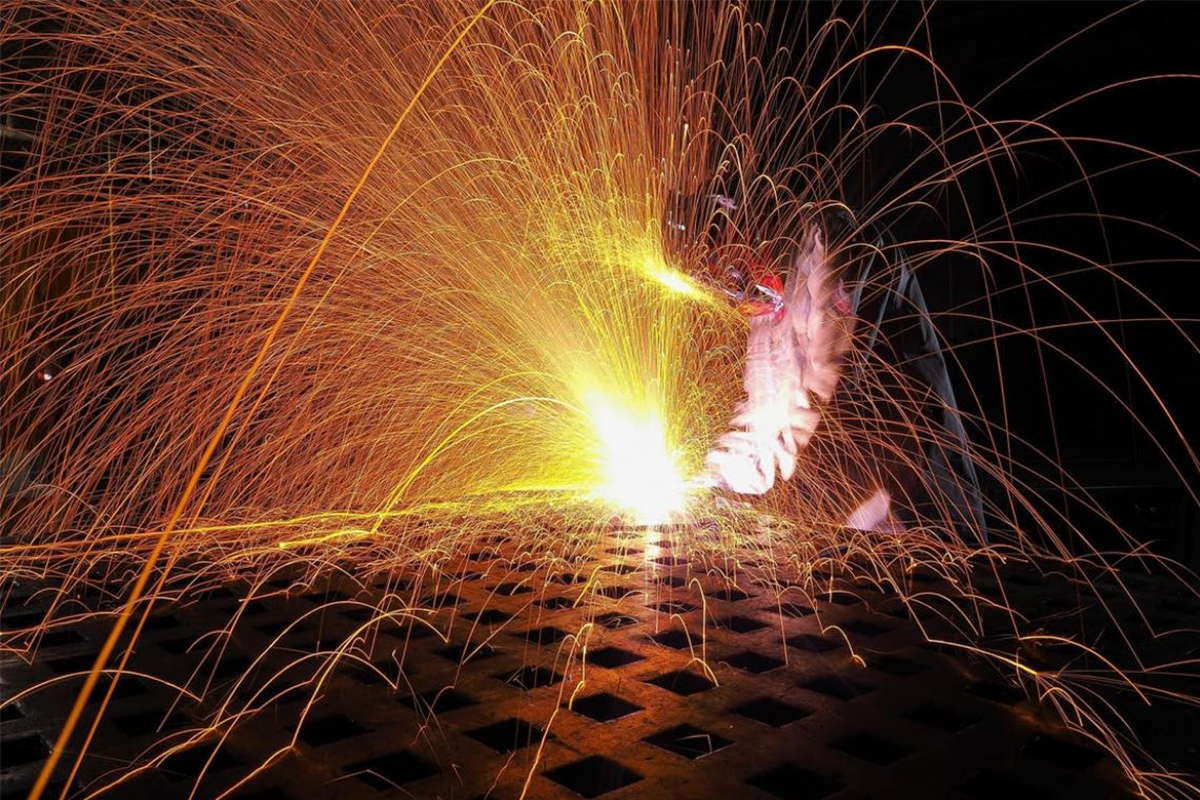When steel merchants aren’t able to supply parent materials to a preferred AS or AS/NZS specification fabricators will face the need to weld structural steel manufactured to an overseas standard.
This steel is often referred to as “alternative” steel or “not-prequalified” as it isn’t referenced in the welding standard AS/NZS 1554.1.
While the standard allows for welding of alternative steels, the following two options must be considered:
- Engineer’s approval is required if the alternative steel hasn’t been specified in the specification, or
- The fabricator can potentially use an existing procedure that covers e.g. AS/NZS 3678 plate. In this case they’d need to establish weldability of the alternative steel based on the supplied test certificates.
If the steel has an equal or lower weldability group number than that of the steel listed in the welding procedure, the existing welding procedure can potentially be used without testing. However this needs to be documented and approved by the engineer who takes responsibility for this decision (refer Section 2.1(ii), AS/NZS 1554.1). Alternatively, the welding procedure for alternative plate can be qualified by testing. In this case engineer’s approval is not required for the use of the welding procedure.
Fabricators should be aware that some of the overseas steels may require higher preheat temperature than that estimated based on the AS/NZS 1554.1 procedure.
Weldability Group Number concept of AS/NZS 1554.1
Although originally developed for steels manufactured in Australia – an increase of steel manufactured overseas to other than AS/NZS Standards, has been imported for use by industry Although often similar, they haven’t necessarily been manufactured in accordance with the principles and requirements detailed in the AS/NZS steel standards.
This means these steels should be welded in accordance with manufacturer’s recommendations or to the welding standard(s) of the country of origin. For example, European steel grades should be welded in accordance with BS EN 1011.2. This standard gives two methods of calculating preheat, CET and CE method. Although the latter is less conservative when compared with the CET method, it’s more conservative when compared with AS/NZS 1554.1.
What does this mean for you as a fabricator?
Depending on welding settings and plate thickness, the difference in preheat temperature required can be in the range of 50°C. Care should be taken when applying AS/NZS 1554.1 preheat calculation procedures to overseas steels, and welding procedures should be qualified by testing.
However, testing to AS/NZS 1554.1 is unlikely to reveal susceptibility of the joint to hydrogen cracking. Therefore, for thicker plates and joints with higher restraint it’s recommended to consult Table 5.3.4(B) for the recommended weldability Group Number, and then increase it by 2 when determining the preheat from Figures 5.3.4 (A, B or C).
Any issues related to boron containing steels should also be addressed in addition to the above considerations. If you’d like to know more details, please refer to our HERA advisory notice – welding to AS/NZS 1554.1 of boron containing steel.
Update shared by our Senior Welding Engineer Alan McClintock
